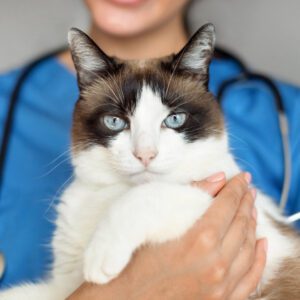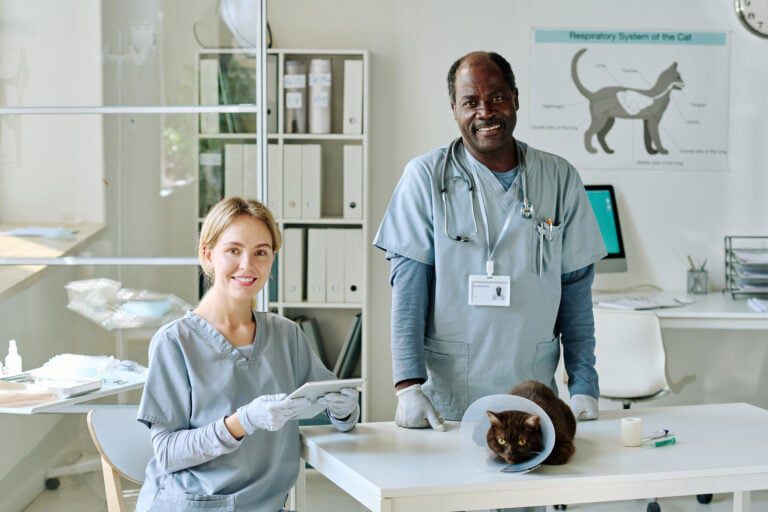

Landing your first job as a new veterinary graduate is both exciting and nerve-wracking. One of the most critical steps in the hiring process is the interview, and many veterinary employers use competency-based questions to assess how you handle real-life situations. These questions focus on past behavior as a predictor of future performance, and the best way to answer them is by using the STAR method:

Global Talent Partners (GTP) is here to guide you through this process. We help veterinary professionals prepare for interviews by coaching you on how to structure STAR responses, providing personalized feedback, and conducting mock interviews to build your confidence. Below are 20 sample questions and STAR-formatted answers tailored for veterinary new graduates, categorized by clinical and non-clinical competencies.
S: A senior dog came in with vague symptoms like fatigue and intermittent vomiting.
T: I was asked to develop an initial diagnostic plan.
A: I suggested a broad panel including abdominal imaging, which revealed a splenic mass.
R: The mass was surgically removed, and histopathology confirmed it was benign.
S: A stray dog was brought in showing signs of toxin ingestion, but the substance was unknown.
T: Immediate treatment was necessary despite lacking a full history.
A: I initiated standard decontamination protocols and consulted poison control.
R: The dog recovered fully and was adopted shortly after.
S: A client wanted to delay surgery for their dog’s torn cruciate ligament due to cost concerns.
T: I needed to explain the risks of delaying surgery.
A: I shared data on joint degeneration and discussed payment options and charitable resources.
R: The client scheduled surgery, and the dog made a good recovery.
S: A hospitalized cat was labeled as fractious.
T: I noticed subtle behavioral changes like hiding and stiff movements.
A: I suggested reassessing her pain management plan, and we added a fentanyl patch.
R: Within a day, her demeanor improved, and she began grooming and eating.
Preparing for a competency-based interview isn’t about memorizing answers, it’s about knowing your own story and how to tell it with clarity and confidence. With the STAR method, you can present yourself as thoughtful, self-aware, and ready to bring real value to a veterinary team.
Global Talent Partners is here to help you refine these responses, identify your best stories, and walk into interviews fully prepared. If you’d like one-on-one interview coaching, mock sessions, or resume support, contact us today and take the next step in your veterinary career with confidence.
Call us at (813) 550 0433
Email: [email protected]
For more insights and information, speak to a member of our specialist team.
In this blog, we will be exploring the critical role that veterinary recruitment consultants play in helping recent grads navigate their career paths with ease.

3625 Commonwealth Ave, Charlotte,
NC 28205